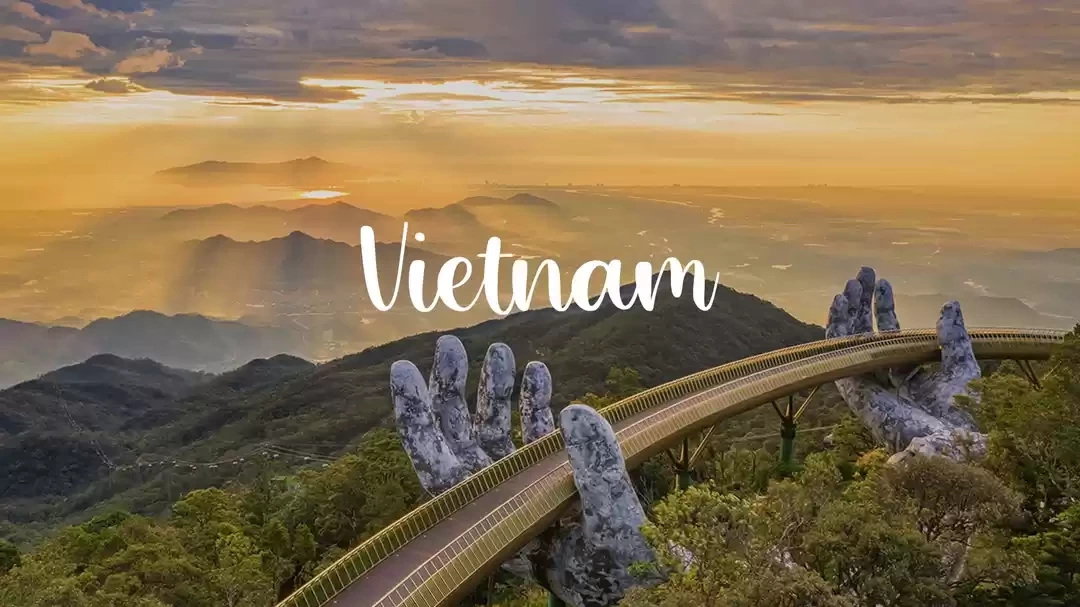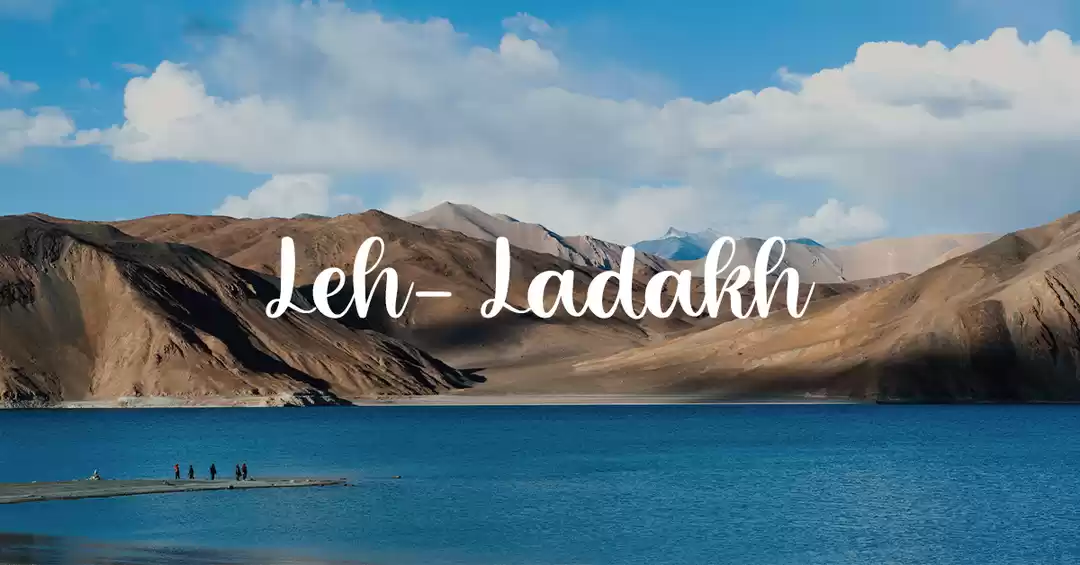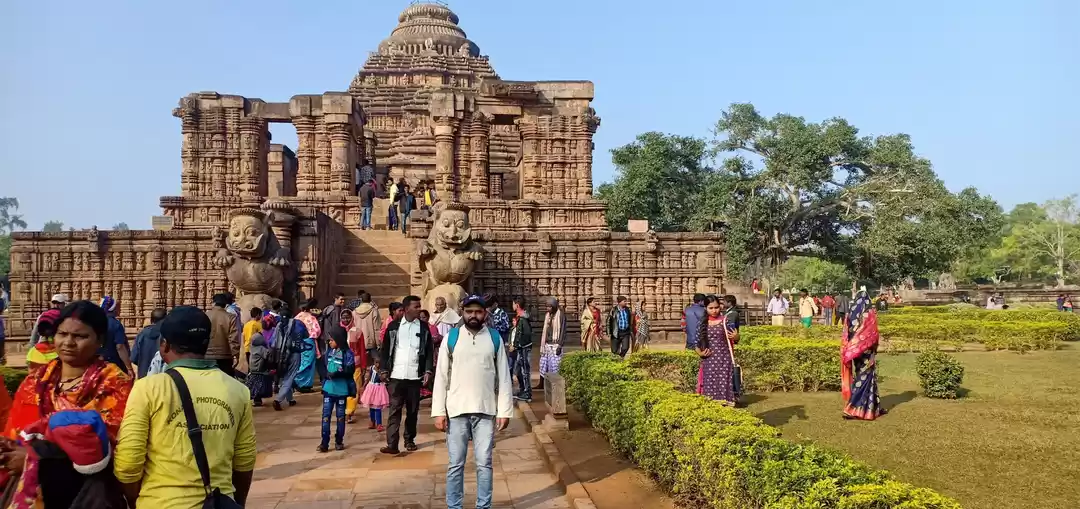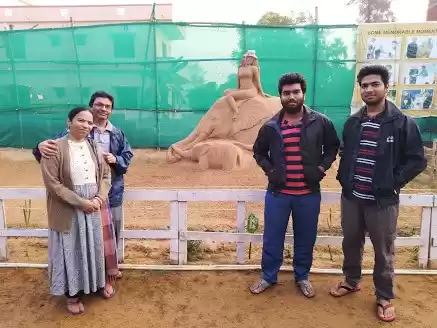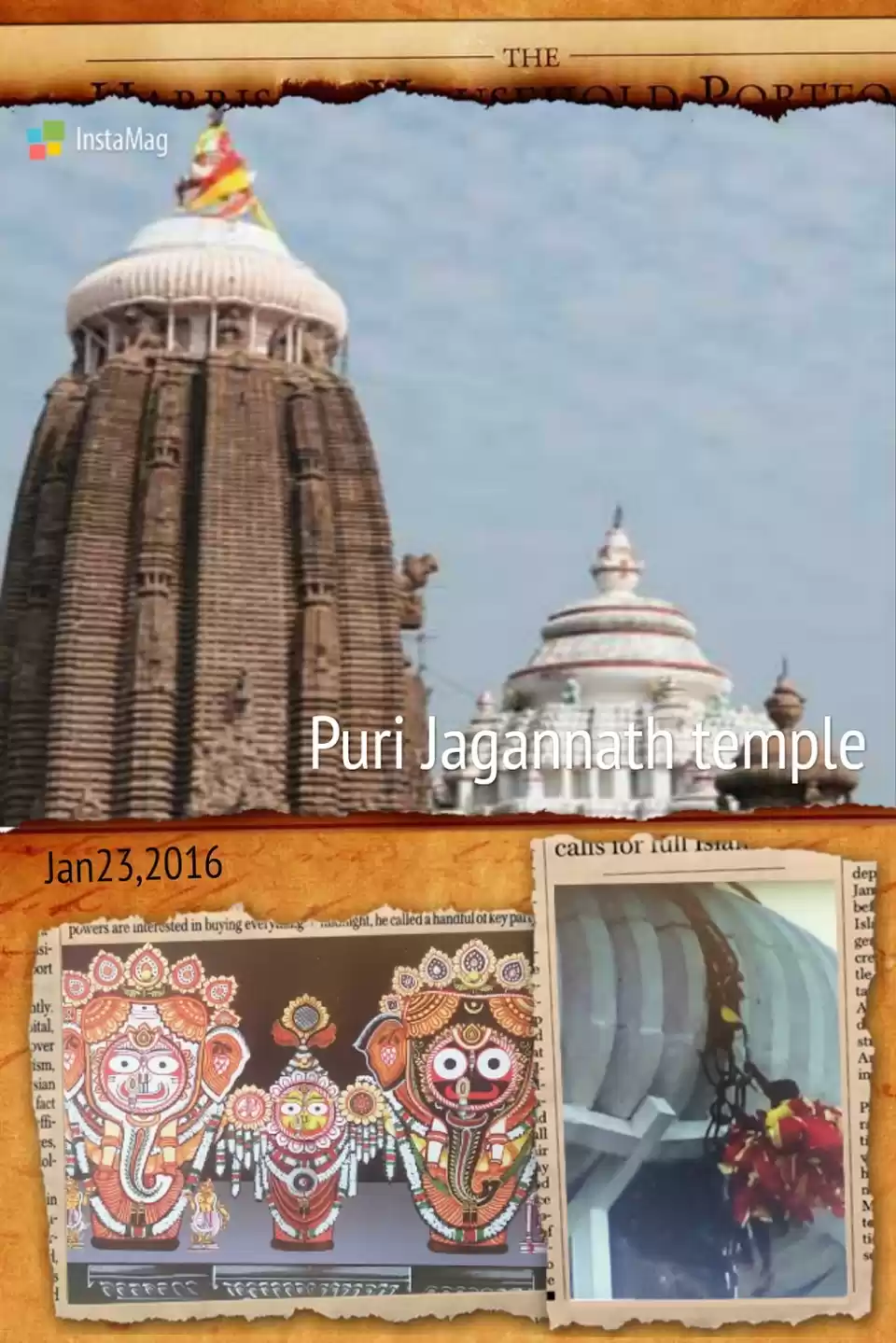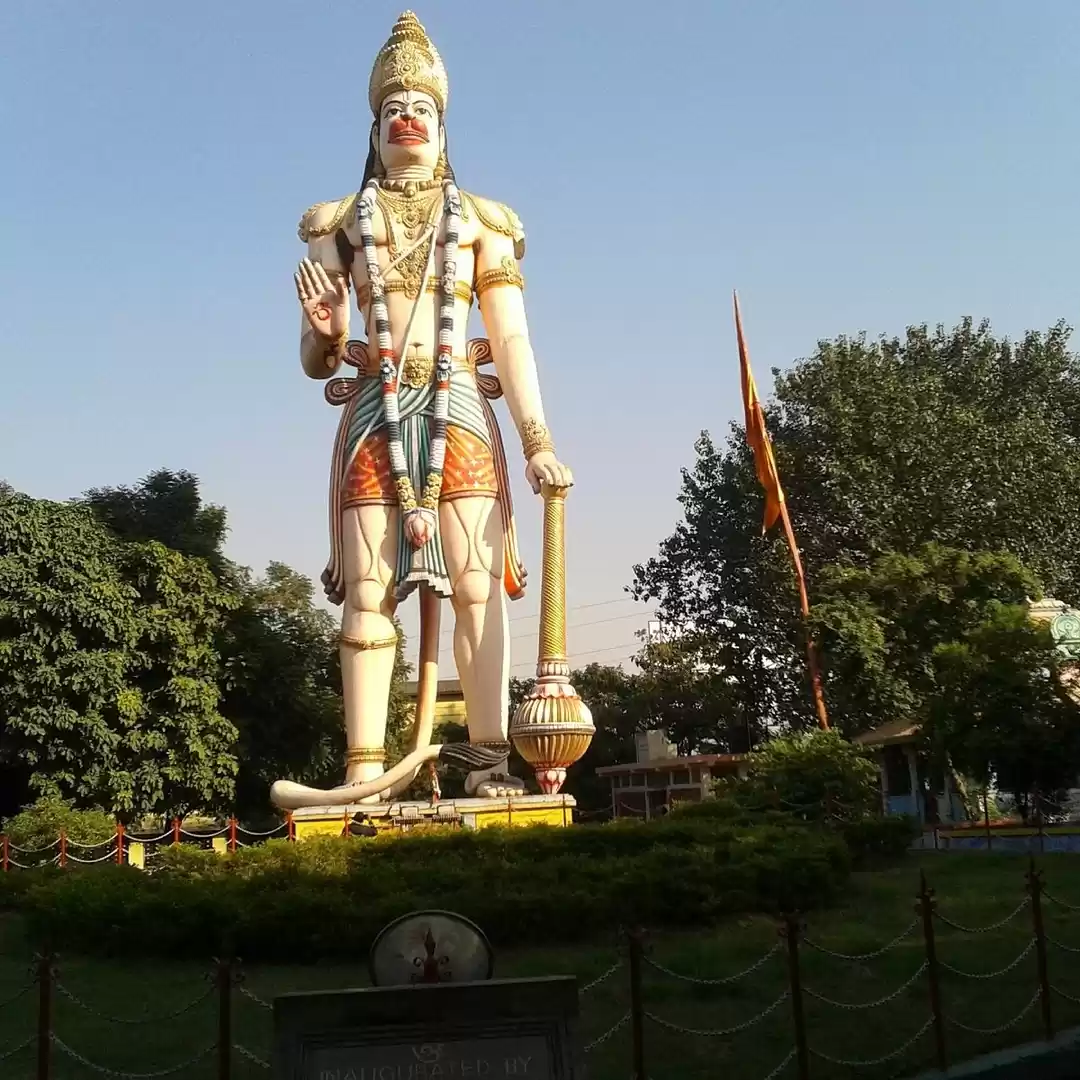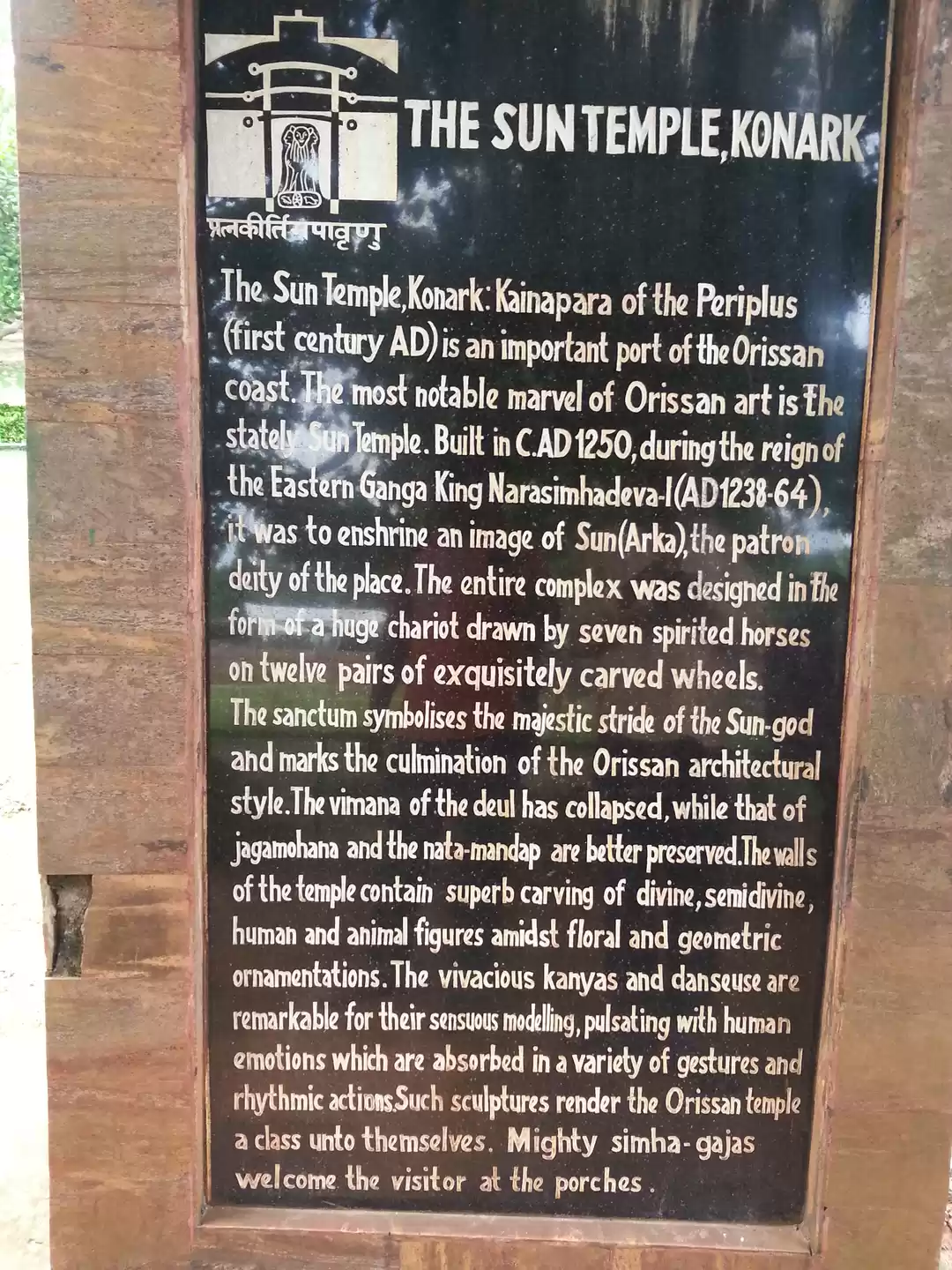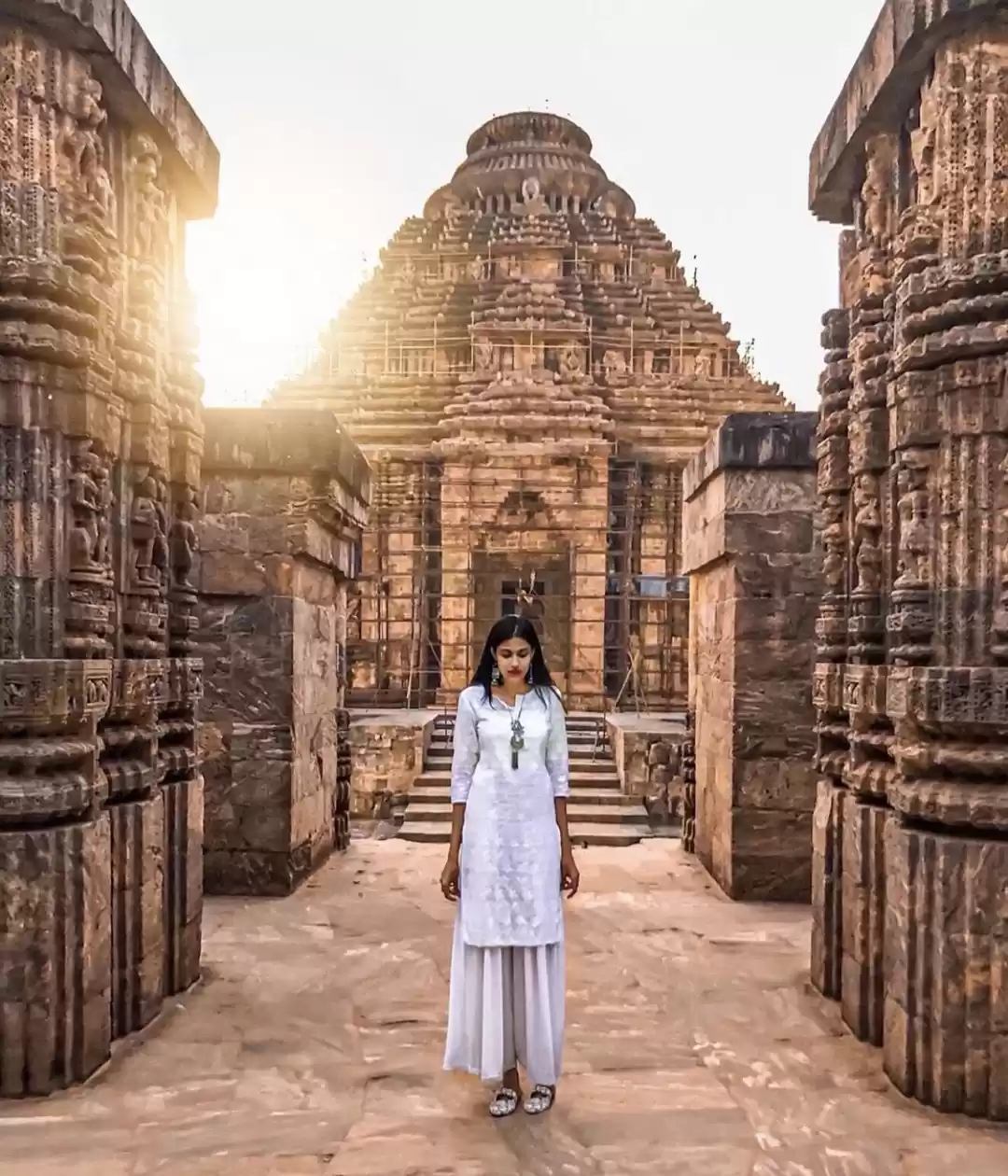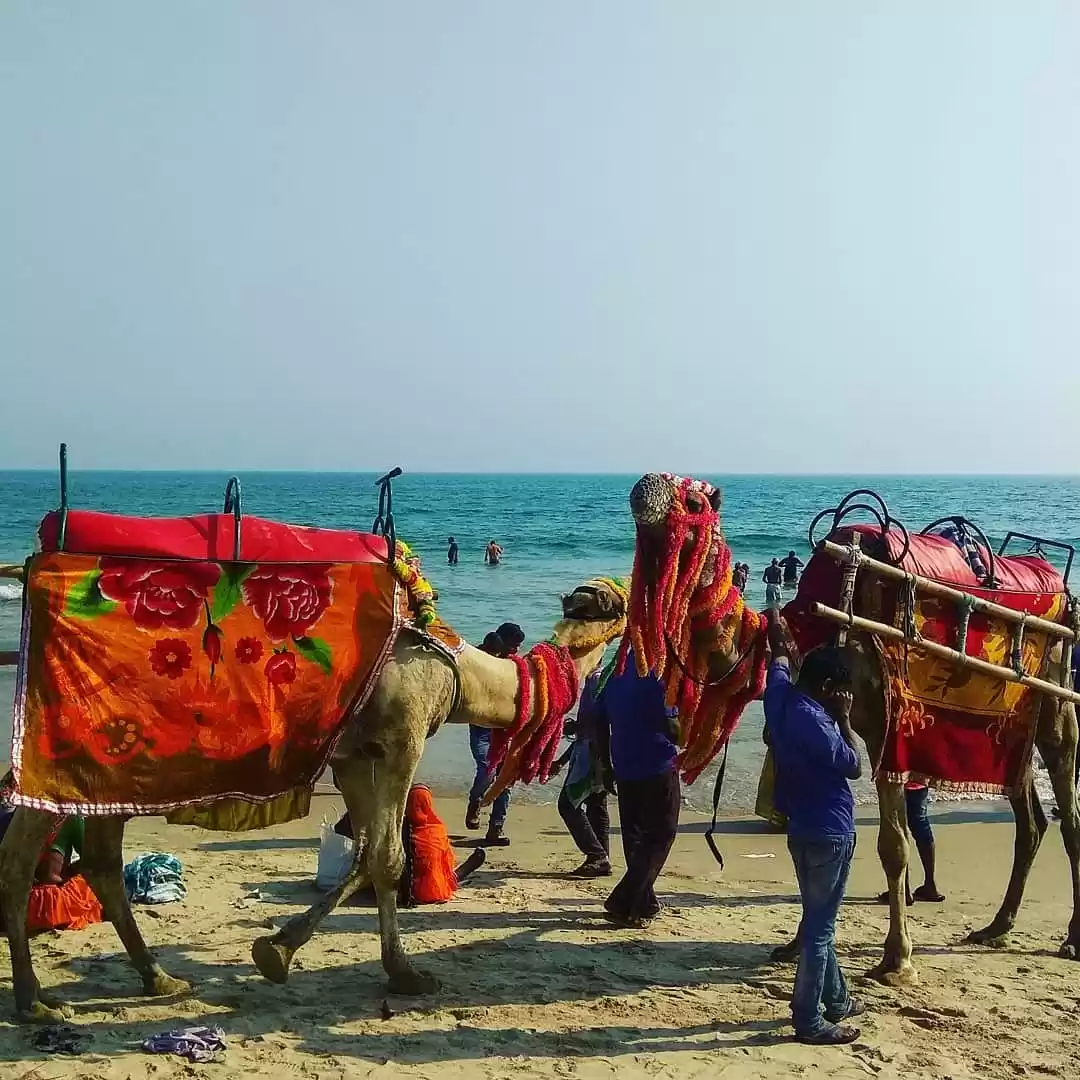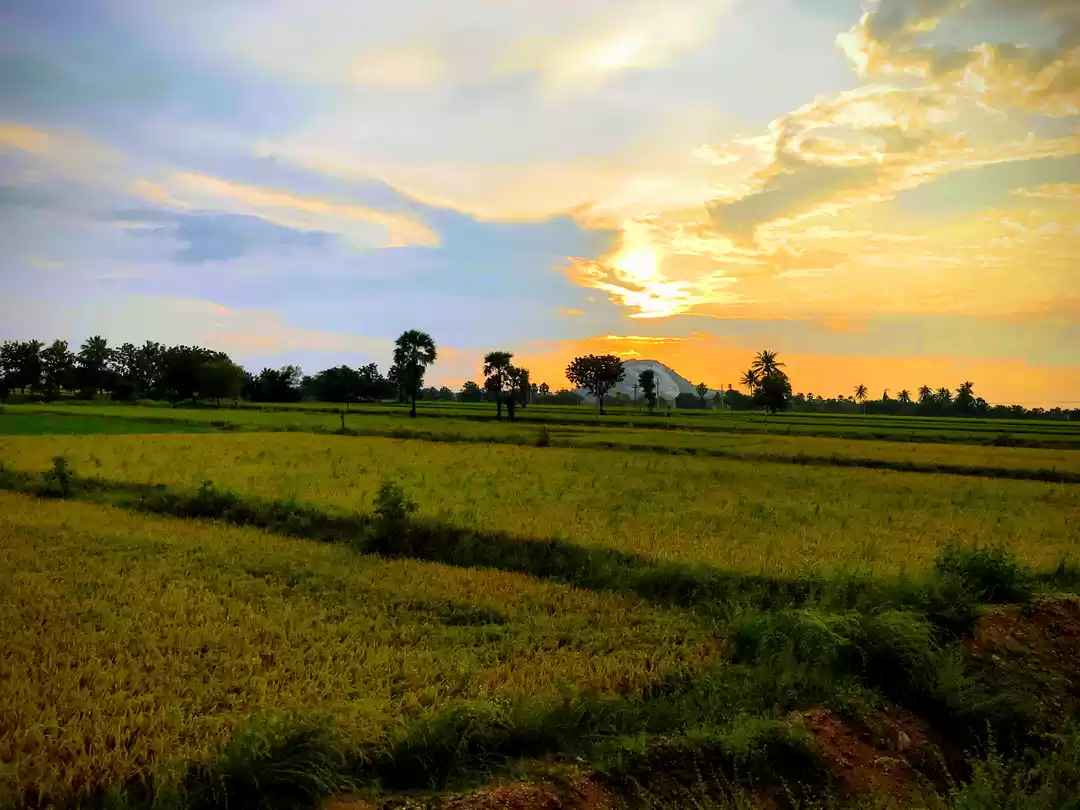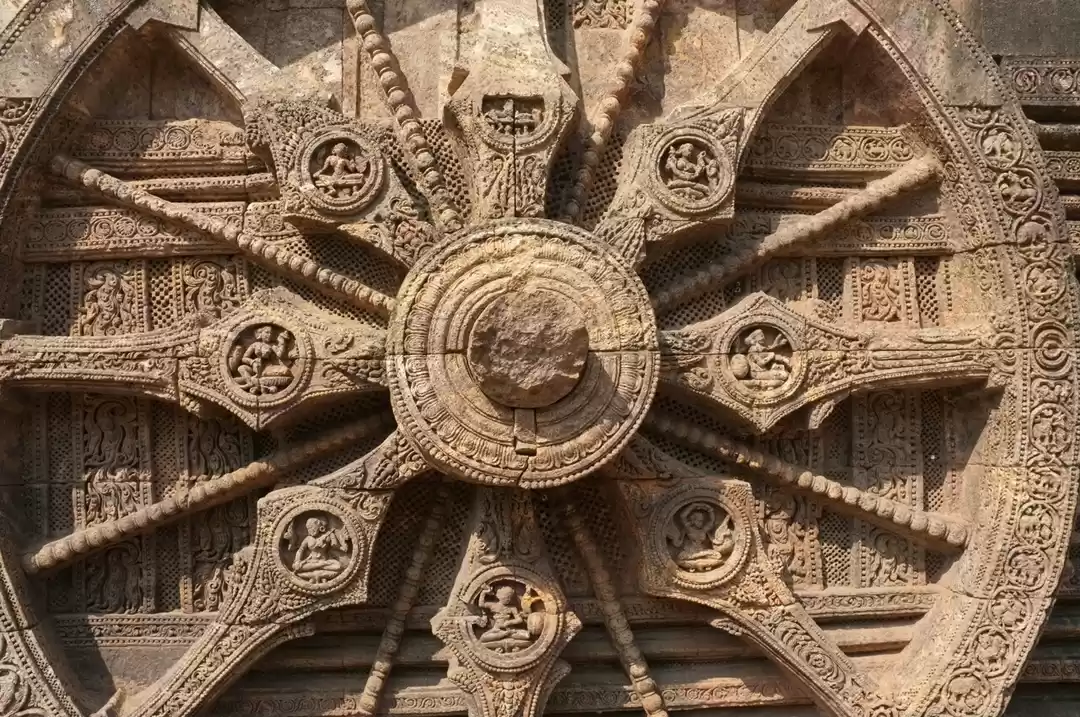





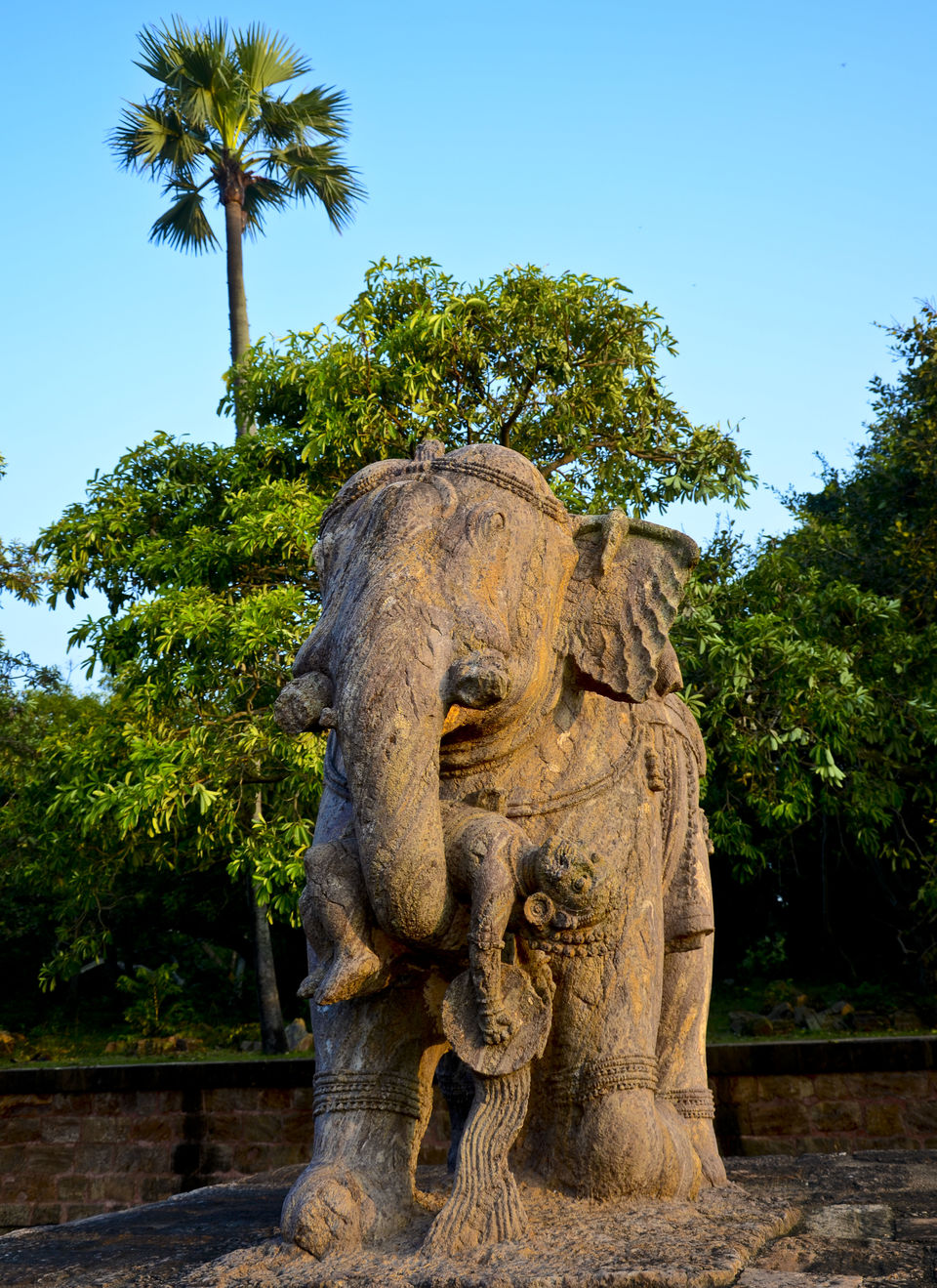










History has a lot to say, a lot to understand in a country we live in.
For centuries, many civilizations in the world have worshiped the sun, an effulgent star that lights up the whole world every day. Many religious cultures hold the sun as the life-giver of the earth and the illuminator of human intellect. Prominent among these nations is India, which hosts the best sun temples of the world.
“Japa Kusuma Sankasham, Kashyapeyam Mahadyutim
Tamorim Sarva Papaghnam Pranotosmi Divakaram”
This is the famous hymn to the sun that is sung in millions of Indian homes every day. In translation, it means: ‘Oh Sun, red-blooming and glorious like the Hibiscus flower, son of the Sage Kashyap, lord of magnificent luster, destroyer of darkness and sin, I salute you. The lord who brings us a new dawn every day!’ The powerful Gayatri Mantra too is a prayer to the sun’s power and luminescence which guides us to seek knowledge and illuminate our inner selves. Surya or Aditya was the celestial power that sustained all life on earth. The origin of Sun worship in India – and other countries like Iran – thus goes back to several millennia.
You must read this article also: ranakpur jain temple
Today, according to archaeologists, there are seven major temples of the sun spread across the various regions of India. Of these, three are famous and visited by millions: Konark in Orissa, Modhera in Gujarat and Martand in Kashmir. These three are vibrantly resurrected and give visitors a fabulous glimpse of India’s architectural and spiritual glory.
While traveling to Odisha, I visited an Architecture Marvel of Eastern India and A symbol of India's heritage - BLACK PAGODA, commonly known as ‘Konark Sun Temple’ is situated in the eastern state of Odisha (earlier known as Orissa), India is always been one of the eminent tourist attractions. At the first I was concerned why is Sun Temple, Konark called the 'Black Pagoda'?
The Sun Temple, a magnificent pagoda, is located 2 km from the sea but in older times, it was much closer. So, the temple was used as a navigational point by European sailors. They referred to it as the 'Black Pagoda' due to its dark color and its magnetic power that drew ships into the shore and caused shipwrecks.
Black Pagoda is a massive conception of artistic magnificence and engineering dexterity. The size of the temple is awe-inspiring. Legend has it that the king was so passionate about its construction that he let it consume 12 years’ worth of the revenues of the kingdom. King Narasimhadeva, the great ruler of the Ganga dynasty had built this temple, with the help of 1200 artisans. Since the ruler used to worship the Sun, the temple was considered as a chariot for the Sun God. ‘Konark Sun Temple’ was designed in the form of a gorgeously decorated chariot mounted on 24 wheels, each about 10 feet in diameter, and drawn by 7 mighty horses. It is really difficult to understand, how this huge temple, every inch-space of which was so wonderfully carved, could have been completed.
The word 'Konark' is a combination of two words 'Kona' and 'Arka'. 'Kona' means 'Corner' and 'Arka' means 'Sun', so when combines it becomes 'Sun of the Corner' There are three images of the Sun God at three different sides of the temple, positioned in proper direction to catch the rays of the sun at morning, noon and evening. Around the base of the temple there are images of animals, foliage, warriors on horses and other interesting structures. On the walls and roof of the temple beautiful erotic figures are carved. Sun temple of Konark is a masterpiece of Orissa's medieval architecture
The Konark temple is widely known not only for its architectural greatness but also for the sophistication and abundance of sculptural work. Konark is an exceptional mixture of marvelous temple architecture, heritage, exotic beach and salient natural beauty. The large structure of Konark Temple seen today is actually the entrance of the main temple. The main temple which enshrined the presiding deity has fallen off and only the remains can be seen.
Even in its ruined state it is a magnificent temple reflecting the mastermind of the architects that imagined and constructed it.
The carvings on the temple give an insight into the social environment of royalty in the 13th century. There are wonderfully carved images of hunts, lovers, deities, dancers, birds, animals, and mythological creatures as also other intricate designs.
Great poet Rabindranath Tagore wrote of Konark: "here the language of stone surpasses the language of man."
It is a magnificent edifice and awes one to think about the workmanship at that time of the history.







